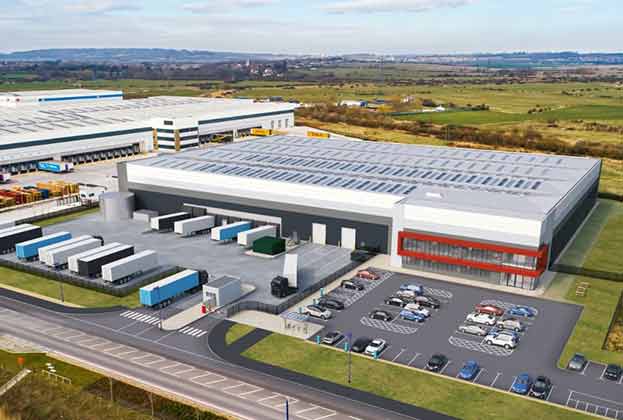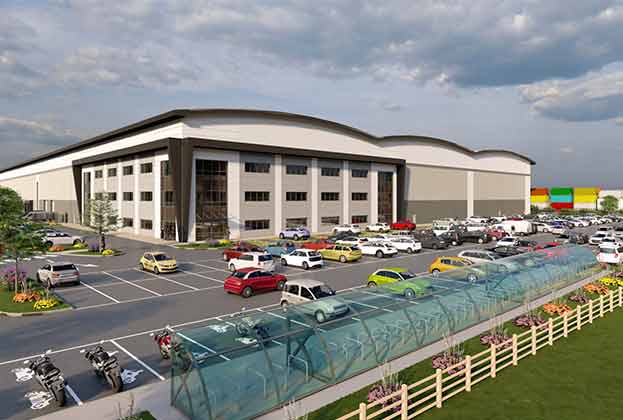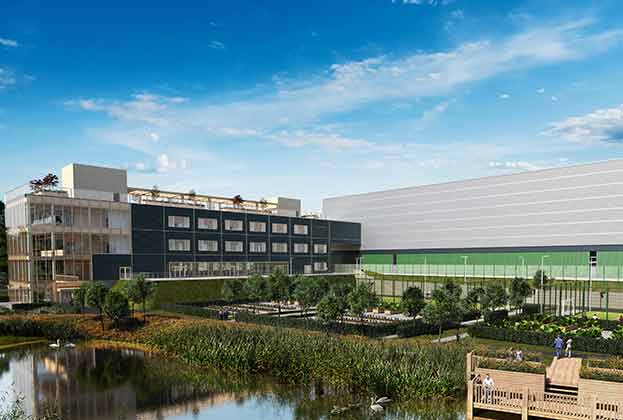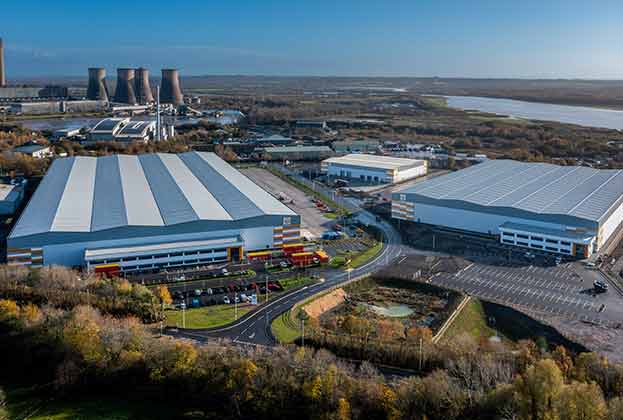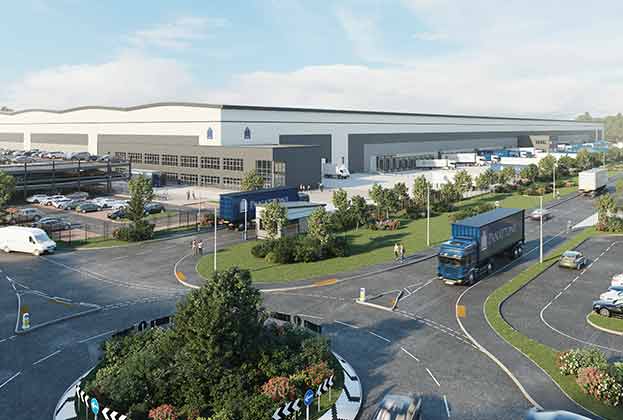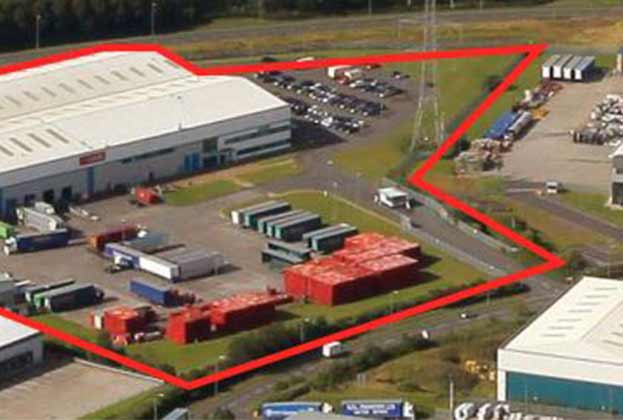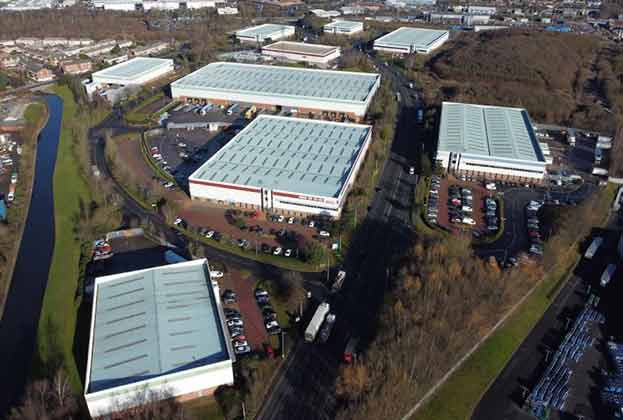Normalising take-up and rising vacancy?
Whilst there are many reasons to be optimistic about demand drivers, the sector is not recession-proof, and a weakening consumer environment, combined with rising occupational costs such as the business rates revaluation, will put downward pressure on take-up. Indeed, in Q4 2022, we recorded the lowest amount of new requirements, at 38.7m sq ft, since we started to collect this data in 2020. This would suggest that it is unlikely for take-up to exceed 10m sq ft in any given quarter in 2023, meaning a return to a pre-Covid level of c.30m sq ft should be expected.
We do, however, expect to see a fall in the level of BTS take-up, given continued uncertainty in capital markets, as these could become harder to forward fund. This should translate into higher take-up, proportionally, of existing space. Given that there is close to 21m sq ft and over 100 units due to complete in 2023, this is arguably good news for developers with units due to complete in the next 12 months.
It is likely that 2023 will see significantly fewer speculative announcements meaning that the level of grade A supply, whilst initially rising in 2023, will then start to fall into 2024. With economists forecasting a shallow but prolonged recession and an upturn in 2024, it is possible that demand rebounds into a market with vacancy rates much lower than long-term averages, which would drive amplified rental growth into 2024 and 2025. Indeed, the Savills vacancy rate forecasting model supports this thesis with our baseline projection suggesting supply rises to 35m sq ft and a vacancy of 5%. Our downside modelling, where take-up falls by levels not seen since the global financial crisis (GFC), would see vacancy rise to just over 7%, which, whilst concerning, remains some way off the 24% seen in the aftermath of the GFC.
BUILD COST AND PROGRAMME
With record levels of speculative completions and a near-record level of BTS deals, the well-publicised issues around the price and availability of raw materials have not conspired to see a decline in development.
The latest indicators from the Savills ProgrammE and Cost Sentiment Survey (S.P.E.C.S) demonstrate that build costs, whilst at elevated levels in monetary terms, are showing evidence of reaching a plateau. Whilst the price of key materials has fallen, such as steel by 19% according to data from the ONS, this is being offset by cost rises elsewhere, such as increased costs for labour which remains in scarce supply.
The same can also be said for project timescales as the lead time for cladding orders has fallen back to pre-Covid levels of c.26 weeks, but the availability of installers remains a challenge to the programme.
Into 2023, it is likely that we will see less speculative and BTS development announcements meaning there is every likelihood that contractors and materials suppliers cut their cloth accordingly to try and maintain a full order book. Therefore we expect to see some softening in both build costs and project durations as contractors start to compete for work.
Read the articles within Big Shed Briefing below.
.jpg)
